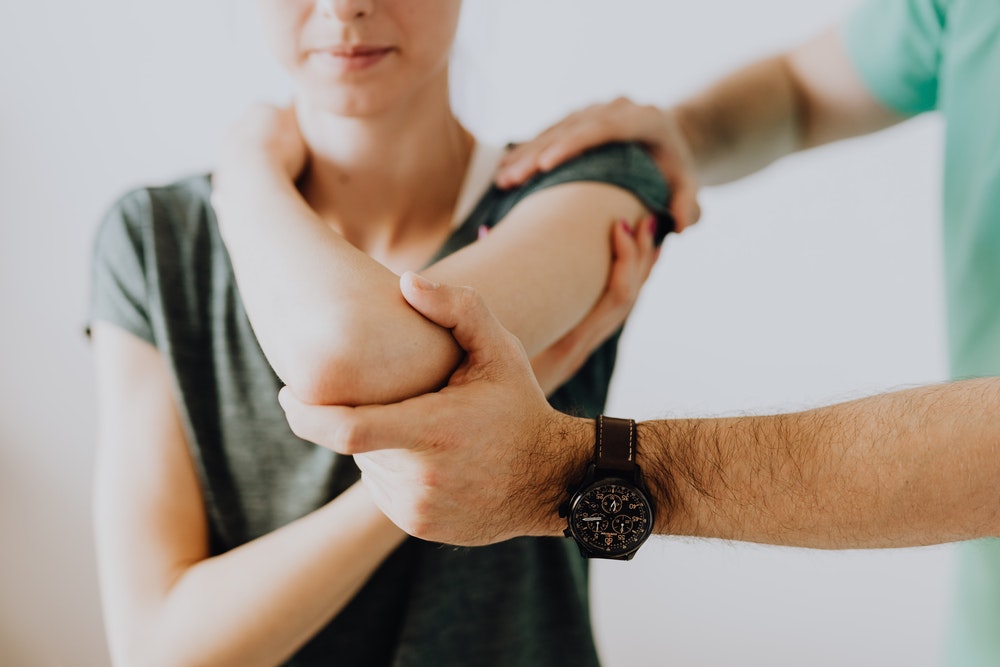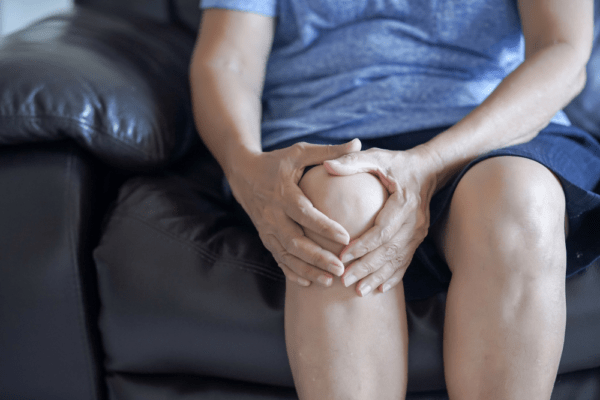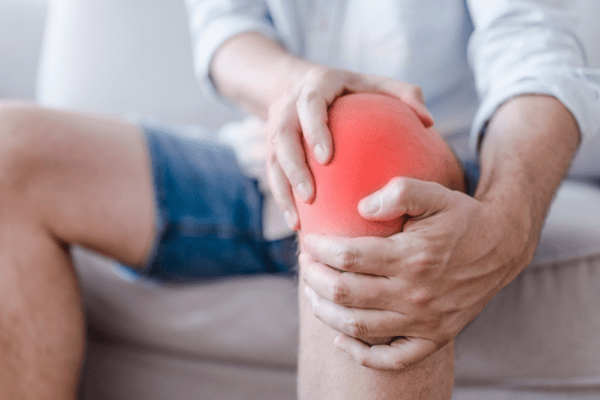You might be aware with this term or maybe this is your first time learning about it but the nomenclature ‘tennis elbow’ can be misleading. Taking the word literally, it may come across as a condition faced by tennis players, but many may not know that it is the name of a disease and has nothing to do with playing tennis.
Tennis elbow or lateral epicondylitis is a condition in which we face pain in our elbow due to the overloaded tendons (a fibrous connective tissue which attaches muscle to bone). The pain is caused due to regular movement of the arm and the wrist and is mainly situated on the outside of the arm where the forearm and elbow meets. If not treated early, it can spread to the wrist as well.
Contrary to the name “tennis elbow”, it’s not necessary that only people who play sports would have this problem. The name got its place due to the constant and repetitive movement of the arm and wrist muscles while playing tennis which causes the muscles to stress and therefore pain occurs.
Tennis Elbow Pain
Any person with a profession that requires repetitive motion of arm and wrist could suffer from it. People with occupation who are most likely to have tennis elbow are plumbers, painters, carpenters, butchers, cook and even housewives etc.
The constant use of your arm in a repetitive motion may develop small tears at the end of the elbow- the extensor carpi radialis brevis (ECRB) muscles. The tears then lead to inflammation which can make the pain spread to the rest of the arm disabling one to hold or lift things. Imagine losing the power to lift even a glass of water! It can be severely limiting and depressing.
Mostly, the pain could go away on its own and no medical treatment might be required. But the pain can also become chronic and the situation can worsen requiring a corrective surgery. Mostly, surgeries lead to mixed results, so it is best to take preventive care and react early with the onset of any of the symptoms associated with tennis elbow.
Symptoms to look out for
The most common symptoms of tennis elbow or lateral epicondylitis are:
- Constant pain
- Pain in the elbow at the lateral side
- Weakness in the arm
- Difficulty in shaking hands
- Pain in the elbow after inactivity for a long time
- Pain in the morning
- Difficulty in holding any heavy object
- Holding anything for a longer period of time
- Difficultly while turning a doorknob.
If you are experiencing any of the above symptoms you need to react and take two immediate actions. First, prevent any further damage or tear to the strained tendons. Second, take up specific exercises to strengthen the surrounding holding muscles to restore the strength.
What can you do to prevent further damage
One of the best ways to prevent any further damage to the strained tendons is to wear an orthopedic support band or brace, commonly called as the ‘tennis elbow support’. The advantages of a tennis elbow strap are they are often inexpensive, easy to fit and the level of compression can be adjusted to suit.
The ‘tennis elbow support’ is essentially a strap which is wrapped around the forearm just below the elbow. There are various kinds of it, like a simple strap or one with additional pressure pads meant to sit of the muscle just below the point of pain on the elbow. A tennis elbow strap works by compressing the upper forearm and absorbing the forces which are transmitted through the soft tissues to the point of pain on the outside of the elbow. It also changes the angle at which the tendon works at the elbow which changes the forces which are applied to the tendon attachment allowing the injured area time to recover.
A tennis elbow strap can also be worn by sportsperson or people who are actively engaged in activities which can sprain the elbow as a preventive device.
Other ways
Along with a strap, exercises and physical therapy would also help for which you need to visit a physiotherapist. Your therapist may perform ultrasound, ice massage, or muscle-stimulating techniques to improve muscle healing.
If your symptoms do not respond after 6 to 12 months of nonsurgical treatments, your doctor may recommend surgery, so it is best to take action early preventive care and be wise.
If you notice any similar signs or if the symptoms don’t seem to get better, contact your medical health provider and get help at the earliest.




